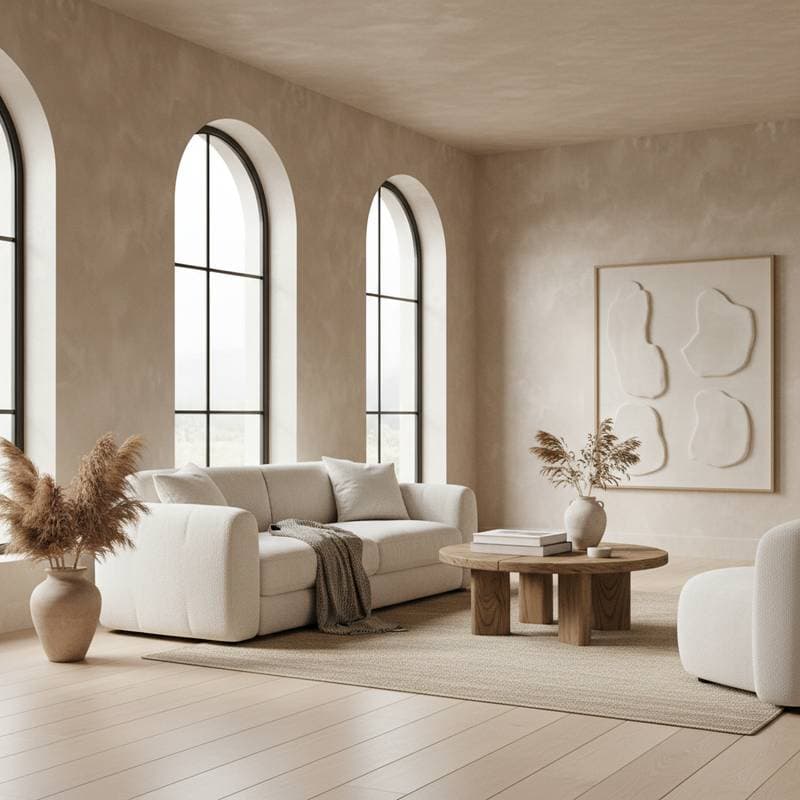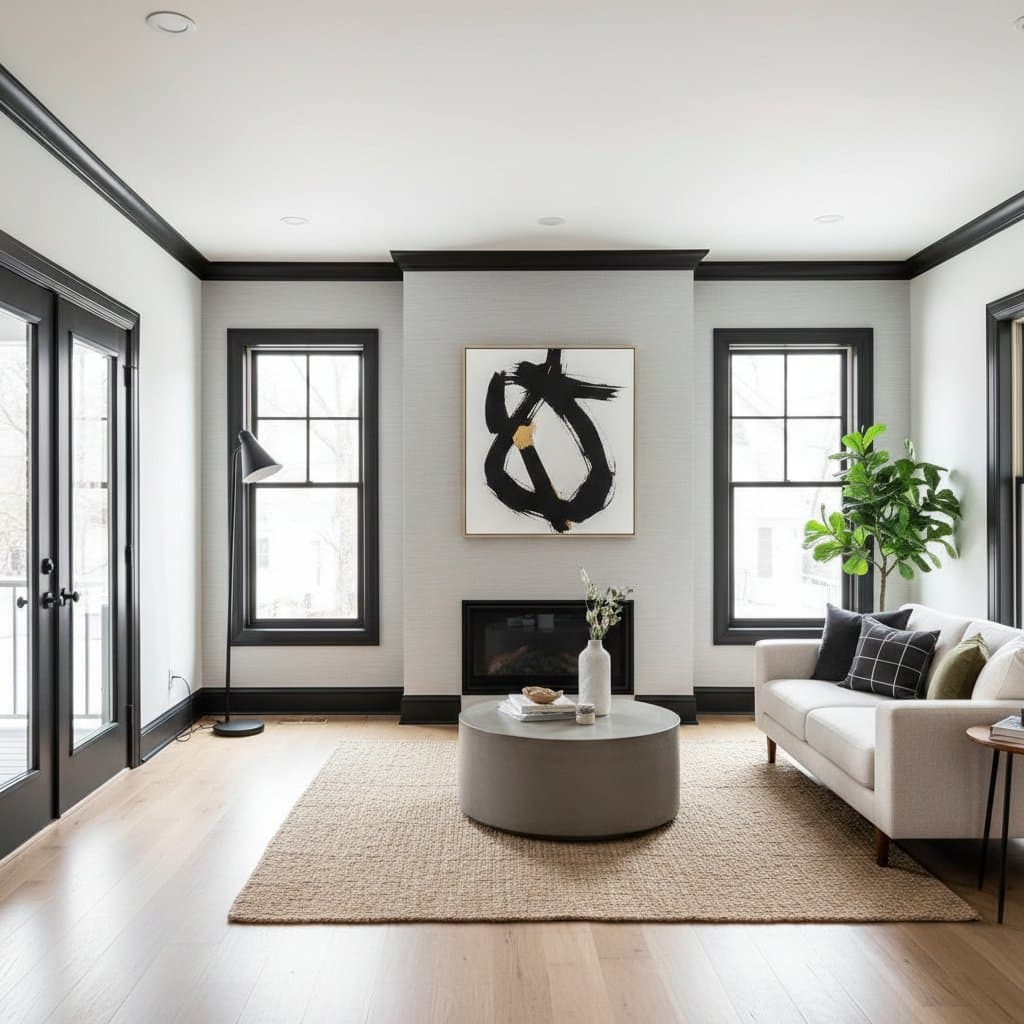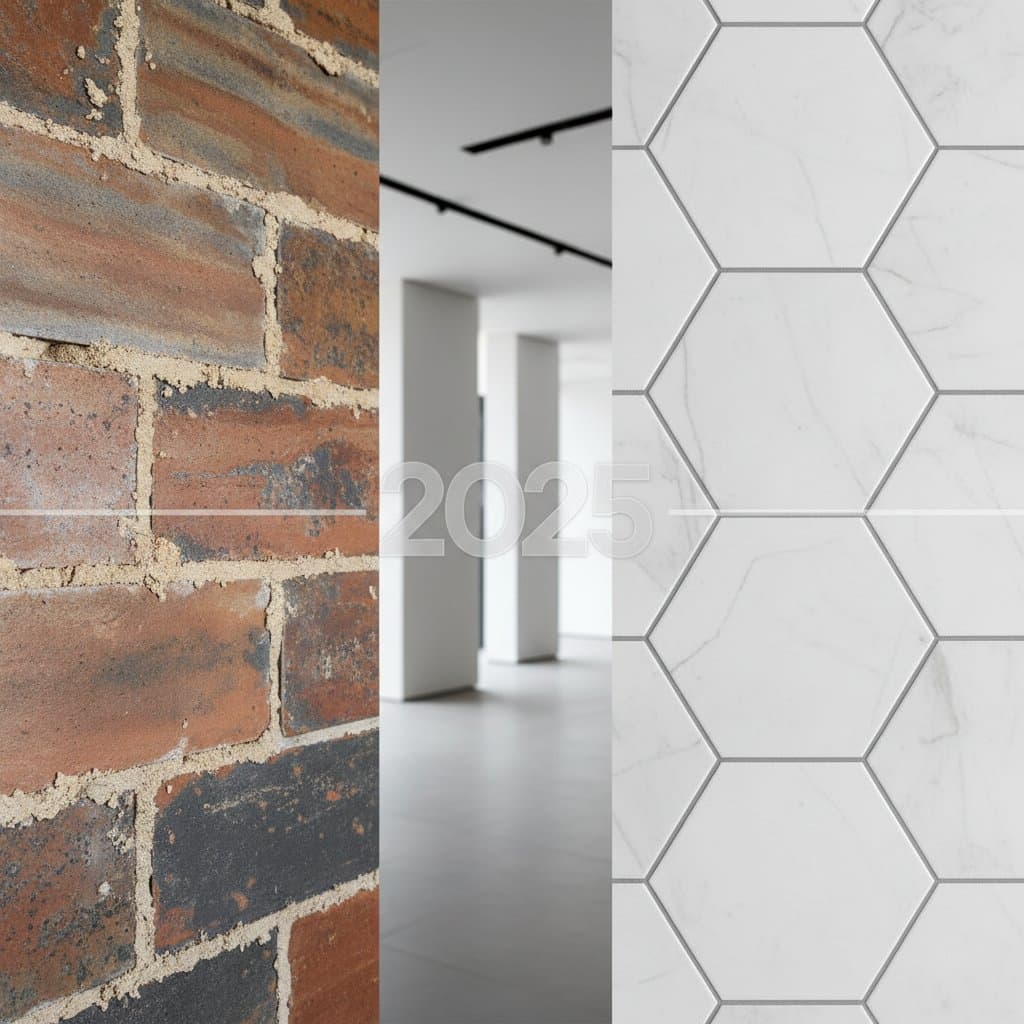Why Limewash Paint Takes Over Interior Trends
Limewash paint has rapidly become a favorite among designers, homeowners, and professional painters who seek a refined yet natural finish. Its resurgence connects modern interiors with timeless European aesthetics, creating softly textured surfaces that breathe and age gracefully. As more people move away from synthetic, high-sheen coatings, limewash stands out for its beauty, sustainability, and durability. The unique mineral composition and matte, cloud-like effect redefine what interior finishes can achieve.
Limewash Paint Cost Overview
The cost of limewash paint varies based on surface condition, brand, and application method. Homeowners typically spend between $2 to $6 per square foot, including both materials and labor. For an average room, the total investment ranges from $400 to $1,200, depending on wall size, preparation needs, and finish complexity.
Average Cost Ranges by Room Size
- Small room (up to 150 sq. ft.): $300 - $550
- Medium room (150 to 300 sq. ft.): $550 - $900
- Large room (300 to 500 sq. ft.): $900 - $1,600
Cost Breakdown per Square Foot
- Materials: $1 - $2 per sq. ft.
- Labor: $1.50 - $3 per sq. ft.
- Preparation: $0.50 - $1 per sq. ft.
- Additional factors: $0.25 - $0.75 per sq. ft.
These figures assume professional application on interior plaster or drywall. Porous surfaces like brick or stone may require additional preparation or sealing.
Factors Affecting Limewash Paint Costs
Understanding what drives limewash paint pricing helps homeowners plan budgets efficiently.
Surface condition: Walls that are newly plastered or free of damage require less preparation. Cracks, stains, or glossy coatings increase labor time and material use.
Application complexity: Limewash often requires several coats to achieve depth and texture. A two-coat process costs less than a four-layer artistic finish with color layering.
Material quality: Authentic limewash made from natural limestone and pigments costs more than synthetic blends but provides superior breathability and longevity.
Professional vs DIY: Professional painters charge more due to skill and precision. DIY application saves money but may produce uneven textures without proper technique.
Regional pricing: Labor and material costs vary across regions. Urban areas often have higher rates due to demand and supply factors.
Detailed Cost Analysis by Finish Quality
| Finish Type | Basic Range | Standard Range | Premium Range | Key Differences |
|---|---|---|---|---|
| Flat Limewash | $2 - $3 per sq. ft. | $3 - $4 per sq. ft. | $4 - $6 per sq. ft. | Basic offers minimal texture, standard includes subtle variation, premium adds layered tonality and artisan depth |
| Mineral-based Limewash | $2.50 - $3.50 | $3.50 - $4.50 | $4.50 - $6 | Higher mineral content improves breathability and durability |
| Tinted Limewash | $2.75 - $3.25 | $3.25 - $4.25 | $4.25 - $5.75 | Custom pigments add cost but enhance design flexibility |
Why Limewash Paint Leads Interior Trends
Limewash paint fits perfectly with the shift toward natural materials and sustainable living. The finish feels organic, soft, and tactile, unlike the flat uniformity of latex or acrylic paints. The surface appears slightly irregular, which gives walls a sense of depth and movement.
Aesthetic Appeal
The signature cloudy texture of limewash creates dimension and softness. It blurs light, producing a gentle glow that enhances architectural details. Designers use it to bring calmness and authenticity to spaces that might otherwise feel sterile. Earthy tones such as clay, sand, and muted greens dominate current palettes, aligning with the growing preference for quiet, restorative interiors.
Breathability and Health Benefits
Unlike synthetic paints that trap moisture, limewash allows walls to breathe. This natural permeability prevents mold and mildew on plaster, brick, or stone. The paint's high pH also acts as a mild disinfectant, improving indoor air quality. For older homes or humid climates, this makes limewash an ideal choice.
Natural Composition
Limewash contains minimal additives. It is made primarily of crushed limestone, water, and mineral pigments. This simplicity results in low VOC emissions and an environmentally responsible product. Homeowners seeking sustainable materials appreciate its biodegradable and non-toxic nature.
Durability and Maintenance
When properly applied, limewash bonds to mineral surfaces, forming a hard, long-lasting finish. Over time, it develops a patina rather than peeling or cracking. Touch-ups are simple, and reapplication every few years refreshes the surface without stripping or sanding. This natural aging process adds charm and reduces maintenance costs.
Value and Long-Term Benefits
While limewash may cost slightly more upfront than regular interior paint, its lifespan and aesthetic payoff make it a worthy investment.
- Longevity: Properly maintained limewash can last twice as long as typical latex paint.
- Natural appeal: The finish becomes more beautiful with age, reducing the need for frequent repainting.
- Health benefits: Its mineral properties improve indoor air quality, benefiting families sensitive to chemicals.
- Resale value: Limewashed interiors signal quality craftsmanship and design awareness, appealing to potential buyers.
Money-Saving Strategies
Budget-friendly approaches can make limewash paint accessible without sacrificing style or quality.
- DIY preparation: Clean and patch walls before professional application to save labor costs.
- Simple finishes: Choose a single-color limewash over multi-layer blends to reduce material and time expenses.
- Bulk purchase: Buy larger quantities for multiple rooms to lower per-unit costs.
- Seasonal scheduling: Hire painters during slower months for discounted rates.
- Local sourcing: Select locally produced limewash to avoid shipping costs and support regional suppliers.
Planning Your Limewash Project
A successful limewash project involves thoughtful planning, surface evaluation, and clear communication with the painter.
Step 1: Assess Wall Condition
Check for cracks, stains, or glossy coatings. Limewash adheres best to porous surfaces. Non-porous finishes require sanding or priming with mineral-based sealers.
Step 2: Select Color and Texture
Visit showrooms or request samples to test how different shades and textures react to light throughout the day. Limewash dries lighter than it appears when wet, so sample patches are essential.
Step 3: Define Scope and Budget
Estimate wall area to calculate material needs. Add a 10 percent contingency for touch-ups or extra coats. Discuss finish details with the painter upfront to avoid scope changes mid-project.
Step 4: Schedule Work
Apply limewash in moderate temperatures with low humidity. Proper curing takes time, so plan accordingly before moving furniture back into the space.
Step 5: Maintenance and Care
Wipe gently with a dry cloth or soft brush. Avoid harsh cleaners that strip the surface. If small scuffs appear, a light touch-up with diluted limewash restores the finish easily.
Professional vs DIY Limewash Application
Professional Application
Hiring a professional ensures even texture and consistent color. Experienced painters understand the nuances of hydration, layering, and curing. Labor costs range from $3 to $6 per square foot, reflecting skill and precision. Professionals also have access to specialized tools like natural bristle brushes that create the signature soft texture.
DIY Application
DIY limewashing appeals to creative homeowners who enjoy hands-on projects. Material costs average $1 to $2 per square foot, but expect to invest time in preparation and testing. Beginners often struggle with streaking or uneven absorption, especially on non-mineral surfaces. For best results, practice on a small area before committing to larger walls.
Comparing Limewash with Other Finishes
| Finish Type | Average Cost per sq. ft. | Durability | Breathability | VOC Level | Maintenance |
|---|---|---|---|---|---|
| Latex Paint | $1.50 - $3 | Moderate | Low | Moderate | Easy |
| Acrylic Paint | $2 - $4 | High | Low | Moderate | Easy |
| Limewash Paint | $2 - $6 | High | Excellent | Very Low | Moderate |
| Venetian Plaster | $5 - $10 | Very High | Moderate | Low | High |
Limewash stands out for its breathability and environmental friendliness. Though not as glossy or washable as acrylic paints, its natural aging and low maintenance make it ideal for bedrooms, living rooms, and feature walls.
Setting a Realistic Budget
To set a realistic budget, calculate the total wall surface area, then multiply by the average per-square-foot cost that matches the desired finish quality. Add a 10 to 15 percent contingency for unexpected repairs or color adjustments. If working with professionals, request detailed written estimates that separate labor, materials, and preparation costs. Comparing two or three quotes ensures fair pricing and transparency.
Consider the long-term savings of limewash's longevity. While initial costs may be higher, extended repainting cycles and improved indoor air quality offset the difference over time.
Making Smart Decisions
Choosing limewash paint is both an aesthetic and practical decision. Homeowners seeking timeless, breathable finishes and sustainable materials find it an appealing option. When paired with proper preparation and professional application, limewash transforms interiors into soft, elegant environments that age gracefully.
Investing in quality materials and skilled labor pays off through durability and beauty. Whether highlighting architectural textures or unifying modern spaces, limewash delivers an unmatched visual and tactile experience that continues to define leading interior trends.
Frequently Asked Questions
1. What is the average cost for limewash paint?
Most homeowners spend between $2 and $6 per square foot, including materials and labor. The final cost depends on surface condition, application technique, and finish complexity. A standard room may total between $400 and $1,200.
2. What factors have the biggest impact on limewash paint costs?
Surface preparation, number of coats, pigment selection, and local labor rates influence total cost. Porous walls reduce preparation time, while custom colors or multi-layer finishes increase expenses. Hiring professionals also adds to cost but ensures consistent results.
3. How can I save money on limewash painting without sacrificing quality?
Prepare surfaces yourself to cut labor fees, opt for basic finishes over premium ones, and source materials locally. Schedule during off-peak seasons for lower rates, and buy in bulk for multi-room projects to reduce per-square-foot expenses.
4. Should I hire professionals or attempt limewash painting myself?
Professionals provide superior results with even application and expertise in layering, justifying the higher cost for complex projects. DIY suits simple spaces if you practice first, but uneven finishes often lead to rework, making pros worthwhile for most.
5. How do I budget for unexpected limewash project costs?
Measure walls accurately and add 10-15 percent buffer for repairs or extra materials. Get itemized quotes from multiple painters, and factor in potential needs like priming non-porous surfaces or additional coats for desired depth.
6. When is the best time to start limewash painting for optimal results?
Choose moderate temperatures (50-80°F) and low humidity (under 60 percent) to ensure proper adhesion and curing. Avoid rainy seasons in humid areas, and allow 24-48 hours drying time between coats for best texture development.



